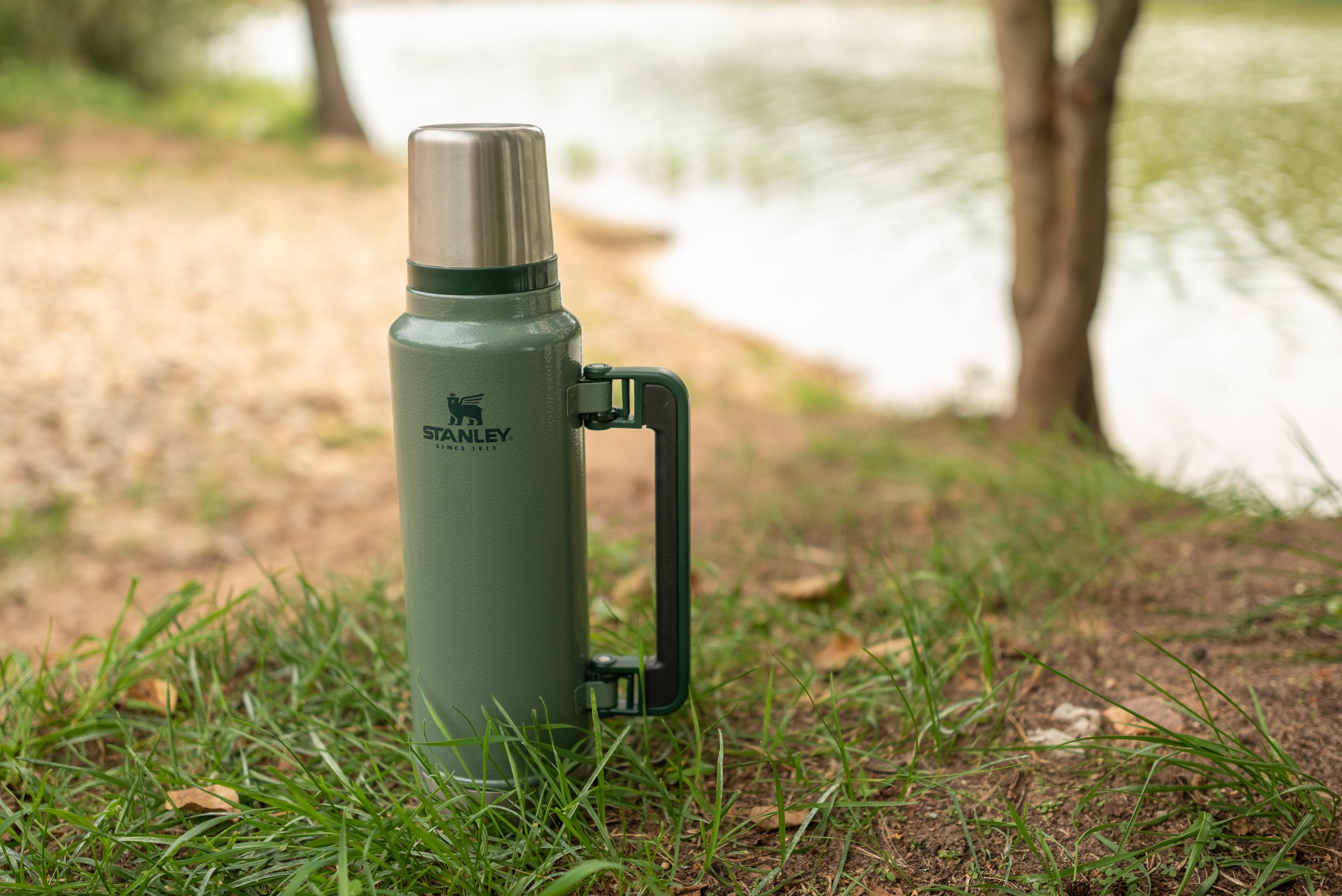This Week on Earth: Feb 13-20
Source: Adobe Stock
Space
Google has partnered with the Environmental Defense Fund to launch a new satellite that will aid in detecting sources of carbon emissions. The satellite will be able to expose oil and gas operations that are major polluters and contribute to global warming.
MethaneSAT will launch to space in March, but its data will not be available until later this year. Using AI, Google technology will create a map of oil and gas infrastructure around the world and identify the most prominent emitters. Besides Google and the EDF, the project is also a collaboration with the New Zealand Space Agency and Harvard University, among others.
“We think this information is incredibly valuable for energy companies, researchers and the public sector to anticipate and mitigate methane emissions in components that are generally most susceptible,” says Yael Maguire, vice president of geo sustainability at Google.
United States
The Biden administration released a new air quality standard on Wednesday that aims to prevent deadly diseases linked to airborne pollutants. The standard focuses on particulate matter — miniscule particles in the air that can penetrate and get stuck deep in our lungs. They come from factory and vehicle emissions, as well as wildfires.
The Environmental Protection Agency had previously set the recommended standard at 12 micrograms per cubic meter of these harmful particles, but the Biden administration has since lowered it to eight in an attempt to combat associated diseases, such as heart disease, lung cancer and chronic kidney disease, among others.
Trendy, not sustainable: the Stanley cup
Over the last several months, the Stanley cup has grown from a fad into a global phenomenon. Reusable water bottles have been trendy items in the past, but the Stanley has arguably been even more influential and expansive than its predecessors like the Hydro Flask.
The goal of reusable water bottles is to reduce plastic waste, but the Stanley has become so popular that some customers are buying multiple, upwards of 10 in some cases. This is promoting overconsumption and not saving resources as reusable water bottles are intended to do. Additionally, many consumers are buying bottled water and pouring it into their Stanleys, thus defeating the purpose entirely.
Trend cycles like this have a lifespan; after the Stanley is inevitably replaced with a newer, cooler, trendier water bottle, thousands, maybe even millions of them will end up in landfills. This trend cycle is repeated across clothing, accessories, makeup and other everyday items that wane in popularity over time. This begs the question — how can we stop these vicious, wasteful trend cycles, or is it even possible?

